International Cool Climate Wine Symposium 2016
What I learnt! – Richard Bampfield MW
Viticulture
- Climate Change – it is the increased variability of temperature as much as the increase that is the real issue.
- Higher temperatures seem to be accompanied by more variable and often increased rainfall. So we are seeing higher incidence of hail, rot, sunburn, pinking and environmental impact such as fire.
- The projected increase in sugar levels and accompanying decrease in total acidity will lead to less stable wines.
- Depending on climate, length of growing season can vary from 4.5 to 6.5 months.
- Increasing risk of frost, both Spring and Autumn, is key factor influencing limits for viticulture.
one of the most frost-resistant grapes is Gamay – and yet it is not yet commonly grown in cool climates. Chardonnay and, surprisingly, Pinotage also have good frost resistance. Of the major grapes, Syrah is the most sensitive to frost. - Climate change. In certain wine producing areas, the increase in growing season temperature is up to +0.3 degrees per decade. The average rise in cool climate regions is +0.17 degrees per decade.
- The extra day length in northern locations such as Denmark and Sweden assists with the vine’s CO2 assimilation.
- Rainfall during growing season in Oxford and Geisenheim over last 50 years has actually been similar and relatively constant. And Dijon has higher summer rainfall than both!
- Projected temperature increases through climate change will bring Southern Ireland into play by 2040, as well as the Midlands.
- Over last 10 years, southern England has been on average 1degree cooler than Champagne.
- Most similar climate in Europe to SE England is Eastern Denmark.
- Grapes must reach full ripeness – but they should not ripen in the hottest part of the season.
- Hence the advantage of a cooler climate and longer growing season.
- Methoxypyrazines come half from the stems and half from the skins and pips – so destemming can halve Methoxypyrazine potential.
- In a hot climate like Washington State, using vineyard processes like water deficit management to increase phenolics leads to significantly reduced yield. Economically, irrigation, larger berries and longer maceration on the skins more successful.
- A new vineyard technique involves blasts of air that can clear bunches of debris and weaker grapes, increasing ventilation and reducing the need for spraying.
- Easier for still wine areas to adapt to climate change than classic sparkling wine areas because the latter historically rely on grapes at lower ripeness levels.
- In trials in the Eastern USA, cover crops such as clover have been shown to reduce vine vigour AND increase crop load by up to 30%. Using native vegetation as cover crop can also increase yield.
- 300,000 ha of vineyard worldwide are certified organic, including 6.6% of Europe’s vineyards.
- Research in New Zealand has established that there are different types of fungi and yeast in vineyards and wineries in different parts of the country. Therefore there is a biological/microbial aspect to terroir.
- 70% of China’s vinifera plantings are Cabernet Sauvignon. They see potential for Marselan because it gives good yields, is better adapted to the China climate (hot summers, very cold winters) and has similar characteristics to Cabernet.
- Canada makes around 1 million litres of Icewine a year. Vidal – 80%, Riesling – 15%, Cabernet Franc – 5%. Most is now machine harvested. RS must exceed 125 gms/litre.
Winemaking
- High phenolics are caused by high sun exposure, low Nitrogen levels in soil, low soil moisture, moderate canopy spread, moderate crop load and low soil fertility
- It is commonly understood amongst winemakers that tannins soften with a longer post fermentation maceration.
- To make red wine in a cool climate, one of the keys is to extract skin tannins rather than seed tannins.
- Hybrid grapes are low in condensed tannins (those that come from the grape as opposed to hydrolysed tannins, that come from oak). And they are also high in proteins that bind tannins.
So, if making wine from red hybrid grapes, do not rely on traditional winemaking methods, because these were designed for vinifera grapes. - Lemberger actually higher in tannin per berry than Cabernet Sauvignon. However, Cabernet tannins are much easier to extract.
- The compound that produces the peppery aroma in Australian Shiraz is Rotundone – it has been found in skins, leaves and stems.
- Downside of Bentonite for fining is that you lose wine volume as lees as well as aroma and flavour.
- Nyetimber have been running experiments post second fermentation comparing bottles stored horizontally on the lees with bottles that have been riddled earlier and stored sur pointe. There are clear differences so they recommend that each producer conducts similar experiments – and identifies the ideal riddling moment for their house style.
- Dr John Forrest of Marlborough has managed to produce a Sauvignon Blanc at 9.5% alcohol that genuinely tastes as good as wines at 12.5% plus. This has been achieved through new approaches to canopy management rather than by removing alcohol.
Marketing
Actual and projected numbers of wine drinkers per year (twice a year min)
- % of wine drinkers under 35 – China 57%, USA 29%, Australia 31%
- Biggest barrier to purchase in China is fear of a fake.
- Wine communication/education in new markets should reflect the culture and behaviours of the market, NOT necessarily what has worked elsewhere in the world.
- In countries like China, the younger age groups in particular are much more likely to be influenced by peer to peer recommendations than by major media, which are not trusted.
- In tastings conducted at Geisenheim, consumers cannot really spot the difference in wines with a reduction in alcohol of 2%.
- 60% of Laithwaites customers are aware of the term “cool climate” to describe wines. And those customers associate them with elegance, lightness and refreshment.
- The main obstacle to selling white wine in China is that they are not used to drinking cool drinks with meals – they normally drink hot or warm tea.
- Opportunities for English wines in India, Hong Kong and Singapore especially because of the historical English links and familiarity with the language. Main obstacle in India is import tax…..
- Cool climate red wine production is more expensive than whites as yields are lower, so price is the main reason that cool climate whites sell better than reds. Probably a good opportunity for cool climate to excel with Rosé too.
- Bottle weight – research by Professor Charles Spence has shown that, for every extra pound you spend on a bottle of wine, you get 8 gms extra of glass!
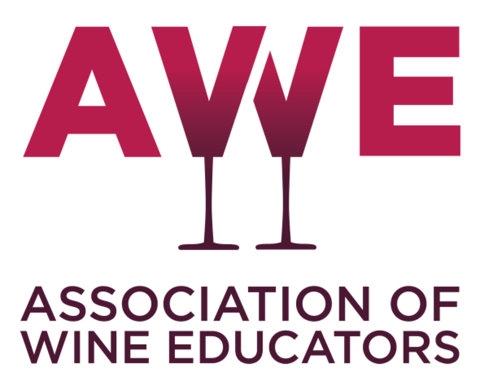

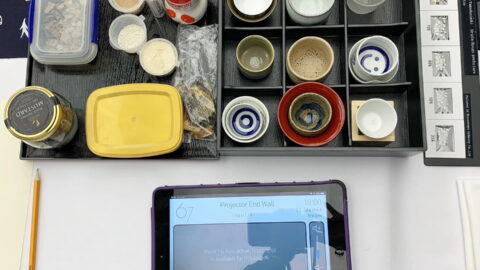


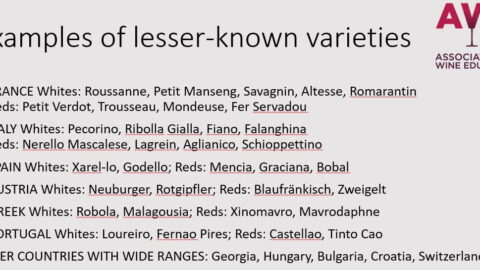
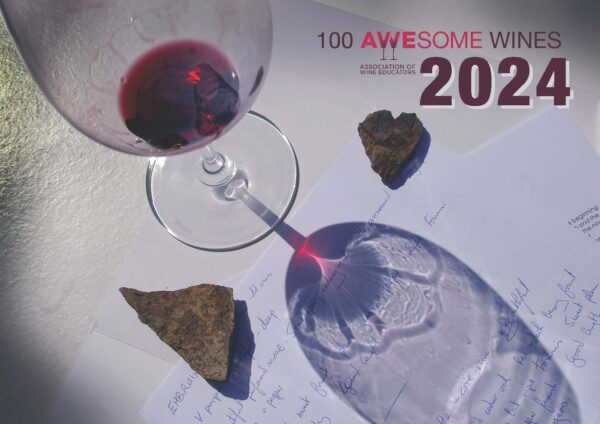
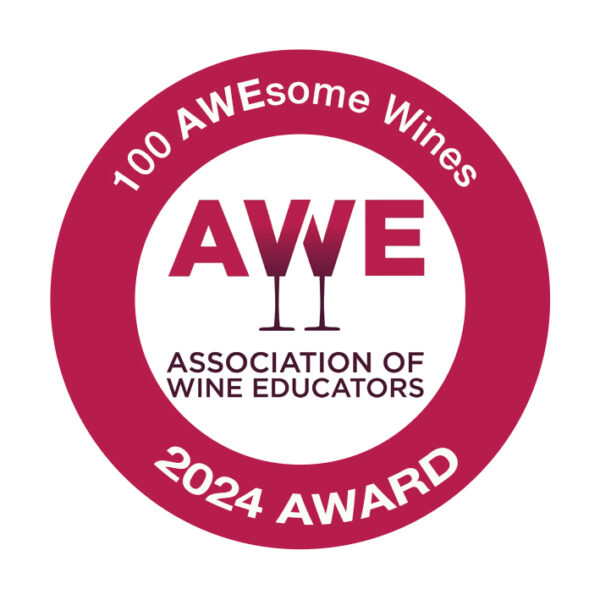
Thank you Richard, for this fascinating, useful, thought-provoking and wide-ranging update. Plenty of food for thought for all of us.
(Recent member of AWE)
Hi Richard,
Enjoyed reading this. Was talking with vineyard owner in Saumur about the effects of climate change. He was concerned about potential alcohol levels in Chenin Blanc as well as style changes. Posed the thought that AC alcohol level limits would have to be changed. What are your thoughts?
Geoff
Interesting comment! Was not covered at the Symposium, but certainly something the INAO must be looking at. Maybe for the Loire Valley, they may even impose maximum alcohol limits because at present I think AOP only covers minimum thresholds there.